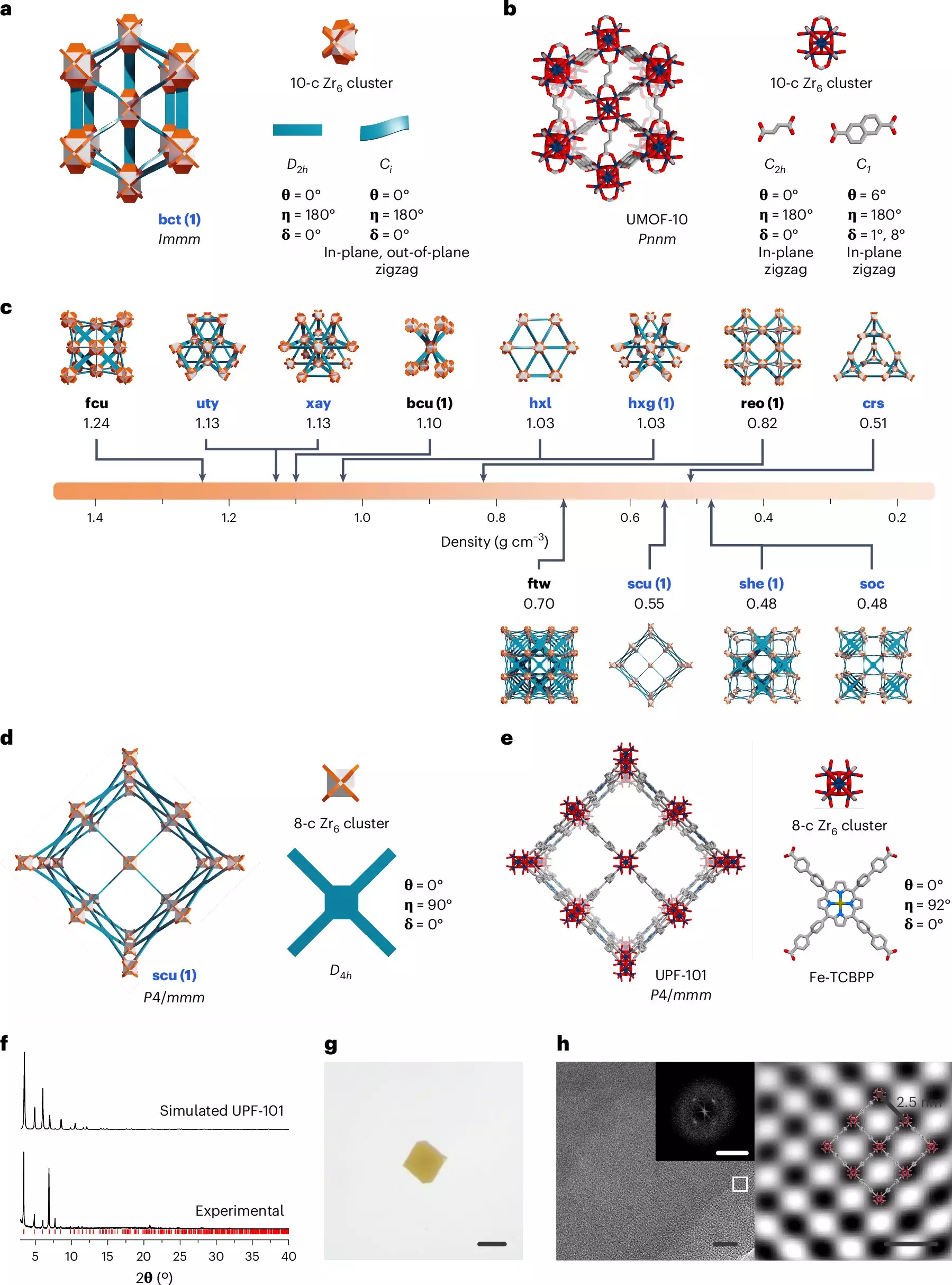In the realm of material science, the innovation of the “Up-Down Approach” is shaking up the way metal-organic frameworks (MOFs) are designed. For years, researchers have relied on either a bottom-up or top-down approach when creating MOFs. The bottom-up method involves selecting the metal clusters and ligands first, while the top-down method starts with a desired structure and works backwards to identify the components needed. However, the Up-Down Approach merges these two methodologies, allowing for a more comprehensive exploration of structures based on metal clusters before determining the organic ligands needed.
Unleashing New Possibilities
By combining elements of both the bottom-up and top-down approaches, the Up-Down Approach breaks free from the constraints of traditional methods. This new strategy enables researchers to discover a wide range of novel structures that were previously inaccessible. With the ability to experiment with new combinations of diverse elements, the Up-Down Approach opens doors to the creation of innovative MOFs with tailored properties to suit specific applications.
Results of Innovation
The research team led by Professor Wonyoung Choe at Ulsan National Institute of Science and Technology (UNIST) in South Korea successfully identified and synthesized 26 new zirconium-based MOFs using the Up-Down Approach. These structures are highly recognized for their exceptional chemical stability. By leveraging the advantages of this new strategy, the team demonstrated the efficiency and effectiveness of the Up-Down Approach in creating MOFs with enhanced properties.
In addition to the development of novel MOFs, the team also utilized a “Ribbon Representation” to visualize the geometric features of organic ligands. This visualization technique enhances the accuracy and efficiency of the design process, providing researchers with a better understanding of the complex structures they are working with. This visual aid not only streamlines the design process but also allows for a more precise and detailed analysis of the created MOFs.
The Up-Down Approach represents a significant advancement in the field of MOF research, offering a powerful tool for rapid exploration and development of new materials with diverse chemical properties. Co-first author Dongsik Nam highlighted the potential for these innovative materials to be applied across different fields, including catalysis, gas storage, and environmental remediation. The broadening of the chemical space for MOFs through this new approach signifies a remarkable leap forward in the realm of material science and opens up endless possibilities for future innovations.

